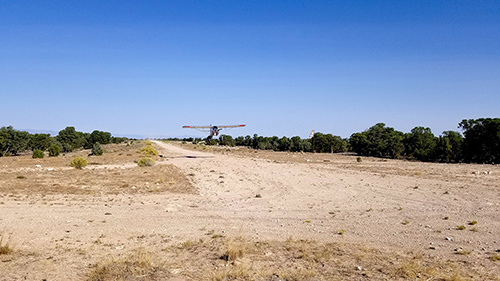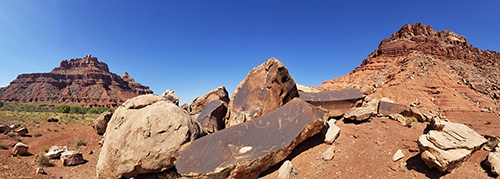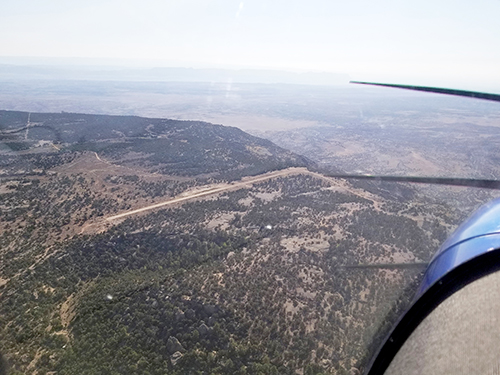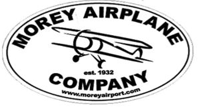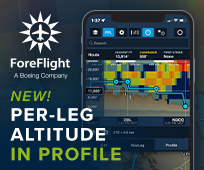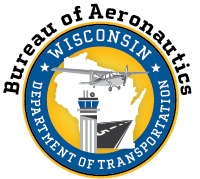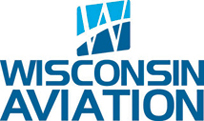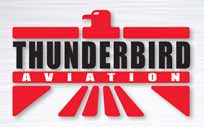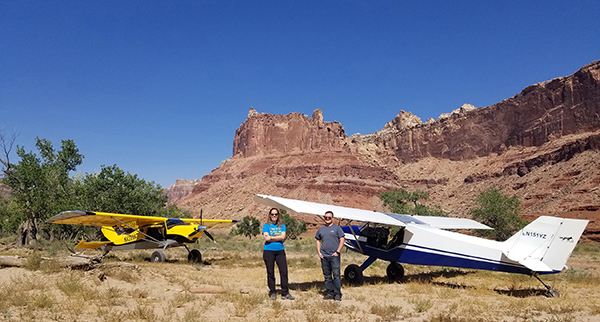
Author Yasmina Platt with Matthew Kalm and his Rans Coyote S-6S and another Rans aircraft at Mexican Mountain.
by Yasmina Platt
Copyright 2021. All rights reserved!
Published in Midwest Flyer – April/May 2021 issue
It’s a great day any time I can be in the mountains. It’s a great day when I fly. It’s a fantastic day any time I can combine the two. And it’s the absolute best when I can combine the two, plus camp! Let me tell you about a fantastic day I had in the Utah backcountry.
As you may remember from previous posts, it’s often hard to find flight schools that allow you to take their aircraft to unpaved airstrips. I have a solution for you. Give the “West Desert Aviators” a call next time you’re in the area. My partners in crime were Matthew Kalm and a Rans Coyote S-6S, although Mark and Alina Pringle also came along in their own Rans.
Utah has over 75 backcountry airstrips. Yes, you read right! It’s not a typo! So, on this trip, we just barely touched the surface of what’s available in the Beehive State. “Elsewhere, the sky is the roof of the world; but here the earth was the floor of the sky.” – Willa Cather.
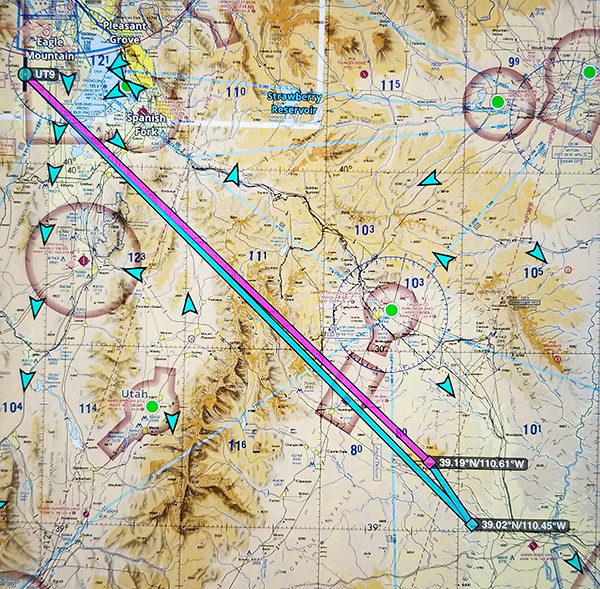
The route was West Desert Airpark (UT9) to Cedar Mountain-Mexican Mountain. Neither of the backcountry airstrips have FAA identifiers and the best information (including recent condition reports, although keep in mind these, like some PIREPs, are somewhat subjective) about them can be found on the Utah Back Country Pilots Association (UBCP) website: https://utahbackcountrypilots.org/ Source: ForeFlight
The route was West Desert Airpark (UT9) to Cedar Mountain to Mexican Mountain. Neither of the backcountry airstrips have FAA identifiers and the best information about them (including recent condition reports, although keep in mind these, like some PIREPs, are somewhat subjective) can be found on the Utah Back Country Pilots Association (UBCP) website. UBCP also organizes work parties and fly-outs to UT backcountry airstrips. It’s a fantastic organization!
As typical backcountry airstrips, neither of these airstrips have any services, so keep that in mind when planning your route: no restrooms, no water, no weather info, no lights, no cell phone service, and no fuel! Both have windsocks though and be sure to use them!
We started heading southeast out of UT9, across Utah Lake and over the Mount Nebo Range. We then flew over the Wasatch Plateau and Huntington before reaching Cedar Mountain.
The sectional showed some significant contours, mountain elevations, and peaks along the route, but nothing we couldn’t go over or around.
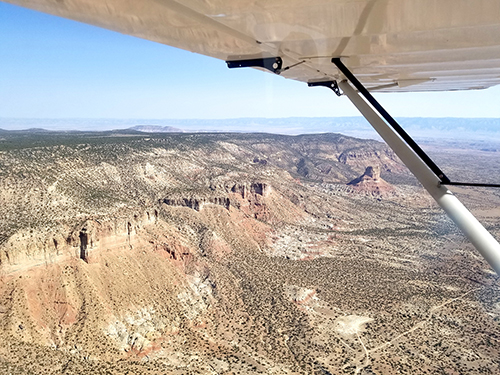
The flight from Cedar Mountain to Mexican Mountain was really pretty with red rocks, cliffs, towers, and canyons all around. It was mostly a descent, from the higher elevation at Cedar Mountain to the lower elevation at Mexican Mountain.
Cedar Mountain has an elevation of 7,538 ft and its dirt runway 15/33 is 2,050 x 47 ft. Oftentimes, leaving these airstrips is harder than coming in due to density altitude. The wind was fairly calm, but a recon flight over the airfield did show the windsock favoring Runway 15.
It’s important to keep in mind that Runway 15 ends with a 1,500-ft vertical drop and, I mean, it’s a sharp, shear drop. No Engineered Material Arresting System (EMAS) involved!
The flight from Cedar Mountain to Mexican Mountain was really pretty with red rocks, cliffs, towers, and canyons all around. It was mostly a descent, from the higher elevation Cedar to the lower elevation Mexican.
Mexican Mountain is at 4,461-ft elevation and its dirt runway 11/29 is 1,900 x 40 feet, although it felt much narrower than Cedar Mountain because the sides are not as clear as Mexican’s.
Winds were pretty calm, but a recon flight over the field showed the windsock favoring Runway 29. So, we flew out and over the San Rafael River to make a left, 360-degree turn back. Note this turn is made inside the valley. We then flew a left downwind for Runway 29, so we could inspect, once again, the condition of the runway. However, to be able to turn base and final, one has to extend the downwind a bit to clear terrain.
The landing was fairly sporty with trees and brush all around.
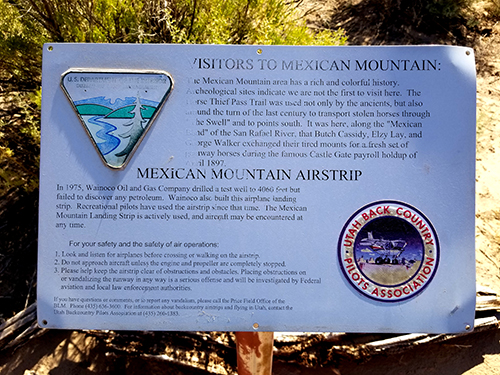
It’s always nice to learn more about an airport and the area that surrounds it. Here, the Utah Back Country Pilots Association sponsored this information sign for visitors.
Once on the ground, we enjoyed a short walk to view several old Native American petroglyphs. And you have to wonder how many more there must be in the area… There’s a sign that tells a bit about the area’s history.
I could have spent a couple of days at Mexican Mountain. What a stunning place! But we “beat feet” as Alina said, to remove dirt from our shoes, and we departed back to UT9 after a little while.
Going to Cedar Mountain first was a good warm-up for the more challenging Mexican Mountain. I would say that just about anybody with prior “soft” (meaning unpaved) field airfield experience can visit Cedar Mountain; however, Mexican Mountain requires backcountry/mountain experience and a capable airplane (airplanes with wheel pants, for example, may not enjoy it too much).
So, are YOU ready to fly in and “beat feet” on your way out? Or, if you can’t quite do that with your airframe, “stomp your feet together” as my niece would say, from a song she likes.
For more photos and information about flying around Utah, visit www.airtrails.weebly.com/utah. Fly safe and fly often!
EDITOR’S NOTE: Yasmina Platt has been with the international airport planning and development consulting firm AECOM since 2016. She also writes an aviation travel blog called “Air Trails” (www.airtrails.weebly.com), in addition to articles on pilot destinations for Midwest Flyer Magazine. Pilots can locate articles Yasmina has written by going to www.MidwestFlyer.com and typing in her name in the search box.








